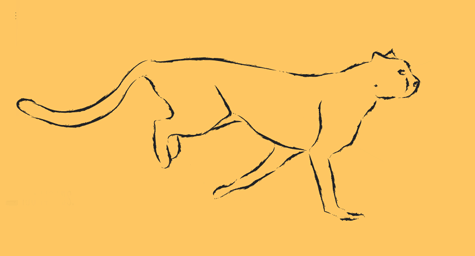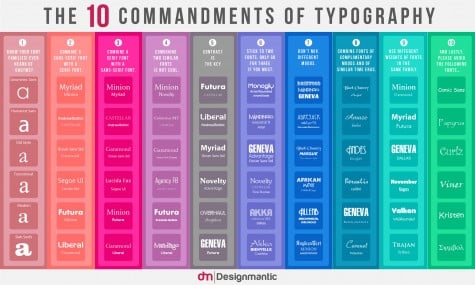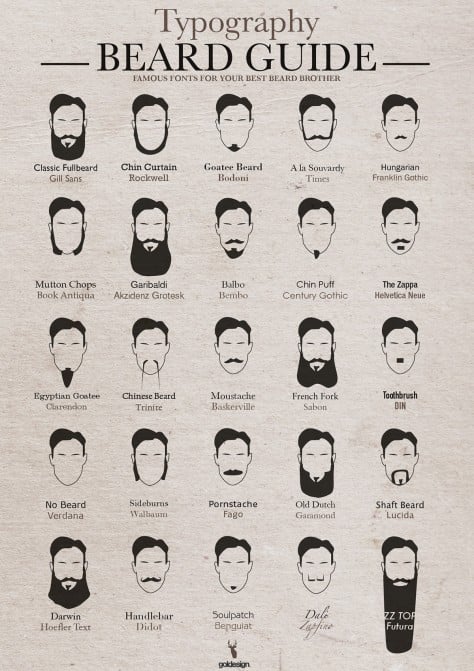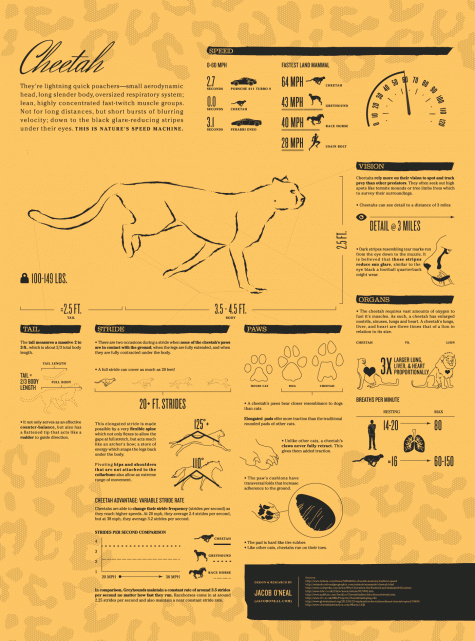4 Ways to Make Your Content Marketing More Creative

There is an odd paradox inherent to content marketing: You want what you create to be viewed and shared as much as possible, yet many of the tactics that spark engagement are viewed with skepticism by powerful discovery/distribution platforms such as Google and Facebook.
Put another way, content marketers must somehow manage to get a lot of clicks while not creating “click-bait.”
So how do you walk this line? How do you get traffic and shares without being spammy?
To be sure, the task isn’t easy, especially given that the line is always shifting. For example, Facebook’s recent campaign against “Like-baiting” suddenly turned many common engagement tactics from positives to negatives.
However, the core strategies for creating popular content that isn’t viewed as spam have remained remarkably consistent over time. Matt Cutts, Google’s longtime head of Webspam, wrote on his blog way back in 2006:
“On a meta-level, I think of ‘linkbait’ as something interesting enough to catch people’s attention, and that doesn’t have to be a bad thing. There are a lot of ways to do that, including putting in sweat-of-the-brow work to generate data or insights, or it can be as simple as being creative.”
Basically, if you want your content to be authentically popular it should be original and/or creative. The original part is pretty self-explanatory, but what does “being creative” really mean?
One way to think about it is to view a piece of “creative” content as something that jolts the consumer out of complacency and spurs them to engage. There are many ways to do this, but the most successful pieces tend to incorporate one or more of these four elements:
1. The Content Distills Complex Information Succinctly
Sometimes we forget that “creative” is not synonymous with “original.” In fact, when it comes to content marketing, creativity often is showcased by simply taking existing information and turning it into something easy to digest.
For example, the infographic below from DesignMantic takes a number of principles about fonts and distills them into a simple “10 Commandments” chart for designers. Is it groundbreaking? No. But it is extremely useful, which led to it being widely shared.
Infographic by Designmantic.com
2. The Content Makes an Unexpected Comparison
Another way to capture consumers’ attention creatively is to present an unexpected comparison. Examples of this include putting information in the context of popular sports, trends, and movies/games/songs/TV shows.
One key thing to keep in mind is that the comparison must be outside the norm. Too often, marketers will use structures that are essentially design crutches (such as a periodic table) or make comparisons that are already being done by many others (such as all the “Game of Thrones” pieces out there).
An example of a good approach is this simple visual from Goldesign that shows what common typography would look like as beards. It’s unexpected, funny, and simple to understand, which makes it authentically clickable.
Infographic via Goldesign.de
3. The Content Is Visually Engaging in an Original Way
Creative content is often very visually appealing. This makes sense, of course, since our judgments on whether to view and share are often based on whether a piece looks engaging.
However, for content to be truly “creative” (and successful) it’s important that it’s visually arresting, not just pleasing.
Every day consumers are inundated with well-designed marketing offerings, most with good color schemes, professional imagery, and nice fonts. All the pieces that truly break through have these qualities as well, but they usually introduce something unexpected.
For example, the infographic below smartly incorporates motion into a traditionally static medium, providing the extra element needed to capture the viewer’s attention.
Infographic via Jacoboneal.com
4. The Content Is Presented In an Uncommon Format
Finally, content “creativity” sometimes comes via simply presenting information in an uncommon format.
Two examples include this site experience from Twitter showcasing the value of a follower and this popular video from Chipotle on sustainable farming. Both succeed because they incorporate some of the earlier-mentioned creative elements (such as being visually arresting) and are presented in unexpected forms (an interactive website, an animated short).
One thing to keep in mind is that an “uncommon format” doesn’t necessarily mean “difficult format.” For example, the short video below from French Connection is pretty basic. Its power comes not from doing something radical, but from simply presenting a familiar message (“We’re having a sale!”) in a fresh way (via a Vine video). That, ultimately, is what makes it not only highly effective, but also highly creative.
Discover powerful content marketing tactics that can boost your brand’s link-building efforts. Contact MDG today at 561-338-7797, or visit www.mdgsolutions.com.
MDG, a full-service advertising agency with offices in Boca Raton and New York, NY, is one of Florida’s top branding firms. MDG’s capabilities include print advertising, direct mail marketing, branding, logo design, creative, digital marketing, media buying and planning, radio and TV advertising, Web design and development, online video advertising, infographic development, email marketing, content marketing, inbound marketing, lead generation, social media marketing, and SEO. For the latest trends in advertising and branding, contact MDG today at 561-338-7797 or visit www.mdgsolutions.com.



